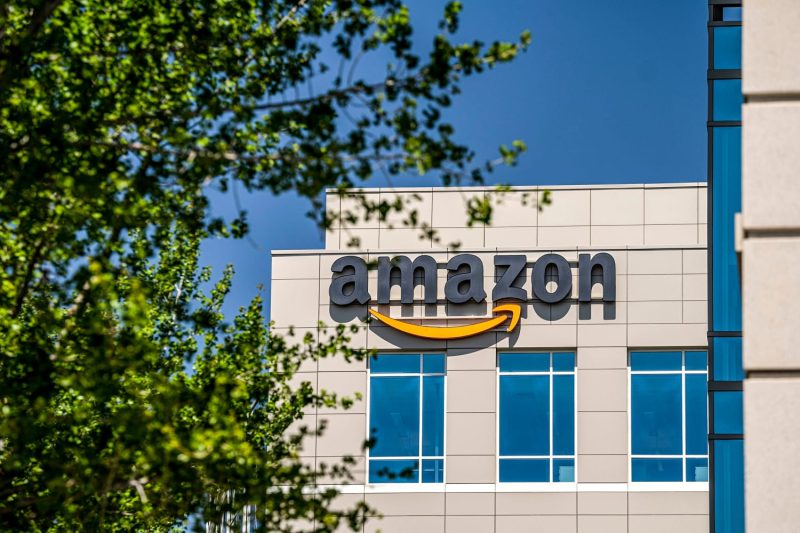In a drastic strategic move, Amazon, the global e-commerce titan, has recently decided to shutter its quick brick-and-mortar delivery services. This resolution marks a significant transition in the company’s operations strategy, highlighting its focal shift toward optimizing its online presence.
Amazon’s brick-and-mortar retail approach has had its footprints in various manifestations over the years. From bookstores to pop-up retail destinations and even grocery outlets, Amazon has tried and tested its physical retail strategies on multiple fronts. Yet the decision to discontinue the rapid delivery service is indicative of the challenges inherent in maintaining these ventures economically.
One such service affected by this decision is Amazon Fresh. This supermarket-style outlet was originally piloted in Los Angeles and Seattle before expanding into other domestic and international markets. Their strategy of offering delivery times as low as under an hour, aimed to appeal to the modern consumer’s need for convenience and immediacy. The service was indeed a game-changer, but Amazon has weighed in on the profitability factor that seems to distance the giants from the road side grocery stores.
A significant factor in this decision is the complex, resource-intensive process involved in swift in-person deliveries. The immediate nature of these services demands a colossal logistical operation, including maintaining a fleet of delivery vehicles, ensuring efficient stock management, and coordinating complex delivery routes.
Furthermore, Amazon’s rapid delivery service faced fierce competition from local grocery chains and convenience stores, many of which have built a loyal customer base over the years. The challenge of incentivizing these customers to switch to Amazon’s service was substantial.
However, this halt in services doesn’t mean that Amazon is completely stepping away from physical retail. It’s still in control of Whole Foods Market after a whopping $13.7 billion acquisition in 2017. Whole Foods caters more towards the luxury end of the market, selling organic, bio-dynamic produce, and sustainably caught seafood.
In addition, Amazon has been seen revamping its physical bookstores and Amazon ‘4-Star’ shops, where all goods are rated 4 stars or above by customers. The strategic approach here suggests a push towards offering more experience-based retail outlets, offering something beyond the transaction itself.
With regard to Amazon’s digital aspirations, their multi-pronged approach includes improving their online services for a seamless user experience, investing in emerging technologies, sourcing global products, and hyper-personalization using artificial intelligence and machine learning.
While the world may be shifting at rapid speeds towards digital, Amazon’s trials and tribulations in the brick-and-mortar landscape highlight the challenge of replacing or replicating the traditional retail experience that many consumers value. As the company evolves and responds to industry transitions, it will be compelling to see how Amazon will navigate its stake in the physical landscape while fortifying its online stronghold.




